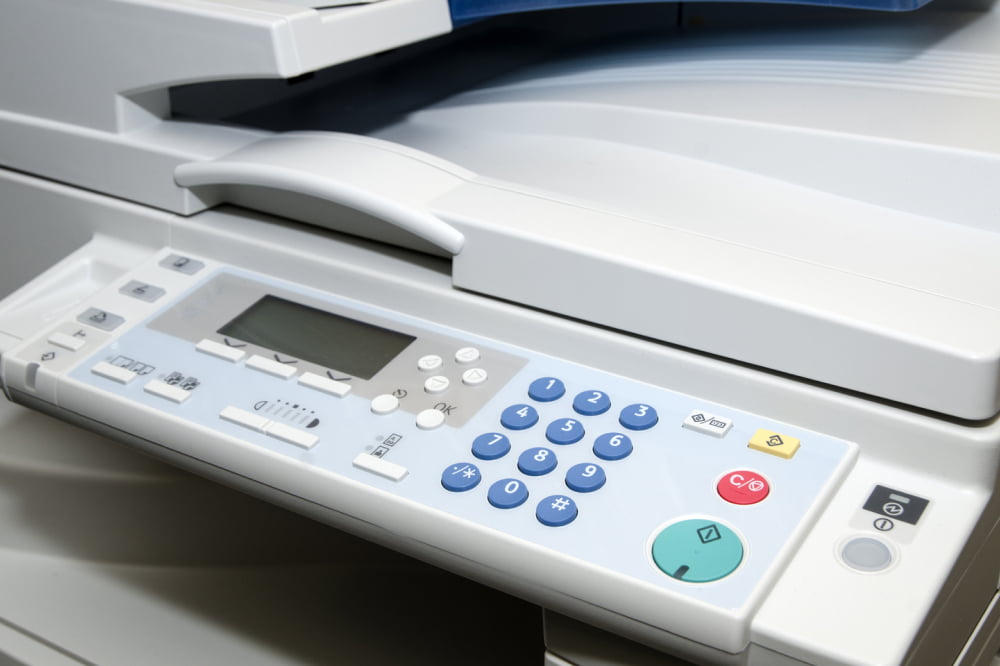
A comprehensive guide to scan and fax
Faxing has been a vital communication tool in offices for decades, allowing the transmission of documents over telephone lines. However, traditional fax machines have limitations, including slow transmission speeds and poor document quality. Enter scanning and faxing solutions, which have revolutionized document transmission. This article explores the benefits of scan and fax solutions, the various types of printers available, and how to choose the right one for your needs.
The evolution of faxing
Early fax machines used telegraph lines to transmit images, which were cumbersome and time-consuming. As digital technology took hold, these machines evolved into standalone devices that utilized phone lines to deliver and receive documents. However, the rise of the internet and email presented new challenges for the traditional faxing method.
Scan and fax – The perfect combination
Scan and fax solutions seamlessly integrate two essential functions. Scanning documents to convert them into digital formats and transmitting these digital files as faxes are combined. The benefits of these two functions allow businesses to streamline workflows, eliminate paper clutter, and communicate faster.
Advantages of scan and fax
There are several advantages of scan and fax. Some of them are:
- Enhanced document quality
Scanning and faxing solutions ensure that transmitted digital documents retain their original clarity. This improvement is significant for legal documents, contracts, and images that must be accurately reproduced. - Eco-friendly option
By embracing scan and fax solutions, businesses can contribute to environmental conservation by reducing paper usage.
- Convenient accessibility: Scanning and faxing allow users to access their faxes digitally from anywhere with an internet connection. This accessibility is especially advantageous for remote workers and businesses with multiple locations.
Choosing the right scan and fax solutions
You should understand the modes of scanning and faxing before choosing the right solutions.
- Fax machines with scanning capability
Some current machines allow users to scan documents and send them as faxes from the same device. This option is suitable for businesses with a significant reliance on fax communication. - Fax software and online services
Users can send and receive faxes via email or web interfaces using fax software and online services. - Scanning and faxing mobile apps
Mobile apps provide the convenience of scan and fax capabilities on smartphones and tablets.
Essential printer types
The process of printing usually accompanies the scanning and faxing processes. To print clean copies, you need to analyze the features of every type of printer.
- Inkjet printers
These printers are cost-effective for businesses with moderate printing and scanning needs. - Laser printers
Laser printers produce sharp, high-speed black-and-white prints. They are well-suited for businesses with high-volume printing and scanning requirements. - Multifunction printers (MFPs)
As mentioned earlier, MFPs combine multiple functions, including scan and fax capabilities, in a single device. They are a practical choice for businesses looking to consolidate their office equipment. - Thermal fax machines
Thermal fax machines are dedicated devices explicitly designed for faxing.
Before buying your desired printer, check whether the seller offers printer deals. Companies like Canon, HP, and Epson often offer good deals for the printers they manufacture.
Common printer issues and printer repair
Some of the common printer issues are mentioned below:
- Paper jams
Printers and machines used for faxing frequently experience paper jams. - Connectivity problems
The scan and fax procedure can be hampered by network and device connectivity problems.
Utilizing the potential of scanning and faxing devices will increase output, conserve time and resources, and promote a paperless and more sustainable world. They ensure efficiency by digitizing documents, securely communicating information, and streamlining workflow procedures.




